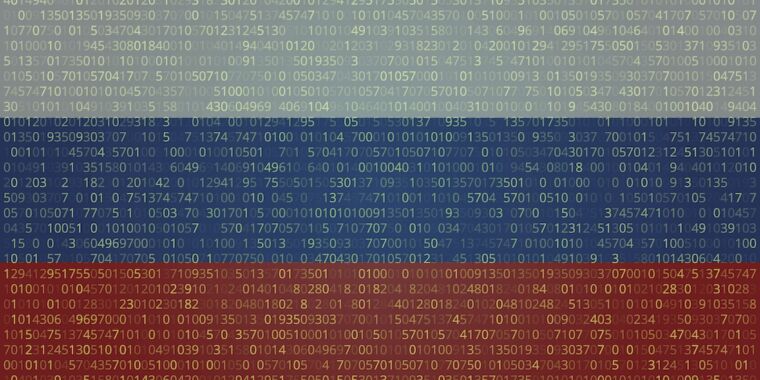Windows vulnerability reported by the NSA exploited to install Russian malware


Getty Images
Kremlin-backed hackers have been exploiting a critical Microsoft vulnerability for four years in attacks that targeted a vast array of organizations with a previously undocumented tool, the software maker disclosed Monday.
When Microsoft patched the vulnerability in October 2022—at least two years after it came under attack by the Russian hackers—the company made no mention that it was under active exploitation. As of publication, the company’s advisory still made no mention of the in-the-wild targeting. Windows users frequently prioritize the installation of patches based on whether a vulnerability is likely to be exploited in real-world attacks.
Exploiting CVE-2022-38028, as the vulnerability is tracked, allows attackers to gain system privileges, the highest available in Windows, when combined with a separate exploit. Exploiting the flaw, which carries a 7.8 severity rating out of a possible 10, requires low existing privileges and little complexity. It resides in the Windows print spooler, a printer-management component that has harbored previous critical zero-days. Microsoft said at the time that it learned of the vulnerability from the US National Security Agency.
On Monday, Microsoft revealed that a hacking group tracked under the name Forest Blizzard has been exploiting CVE-2022-38028 since at least June 2020—and possibly as early as April 2019. The threat group—which is also tracked under names including APT28, Sednit, Sofacy, GRU Unit 26165, and Fancy Bear—has been linked by the US and the UK governments to Unit 26165 of the Main Intelligence Directorate, a Russian military intelligence arm better known as the GRU. Forest Blizzard focuses on intelligence gathering through the hacking of a wide array of organizations, mainly in the US, Europe, and the Middle East.
Since as early as April 2019, Forest Blizzard has been exploiting CVE-2022-38028 in attacks that, once system privileges are acquired, use a previously undocumented tool that Microsoft calls GooseEgg. The post-exploitation malware elevates privileges within a compromised system and goes on to provide a simple interface for installing additional pieces of malware that also run with system privileges. This additional malware, which includes credential stealers and tools for moving laterally through a compromised network, can be customized for each target.
“While a simple launcher application, GooseEgg is capable of spawning other applications specified at the command line with elevated permissions, allowing threat actors to support any follow-on objectives such as remote code execution, installing a backdoor, and moving laterally through compromised networks,” Microsoft officials wrote.
GooseEgg is typically installed using a simple batch script, which is executed following the successful exploitation of CVE-2022-38028 or another vulnerability, such as CVE-2023-23397, which Monday’s advisory said has also been exploited by Forest Blizzard. The script is responsible for installing the GooseEgg binary, often named justice.exe or DefragmentSrv.exe, then ensuring that they run each time the infected machine is rebooted.
Source link




